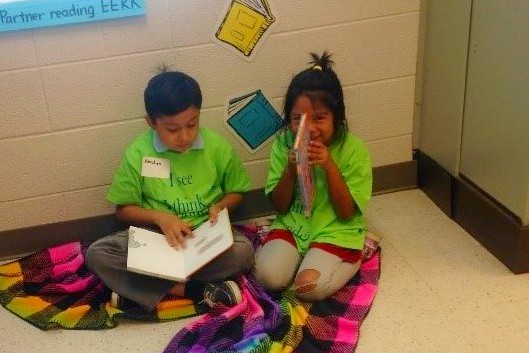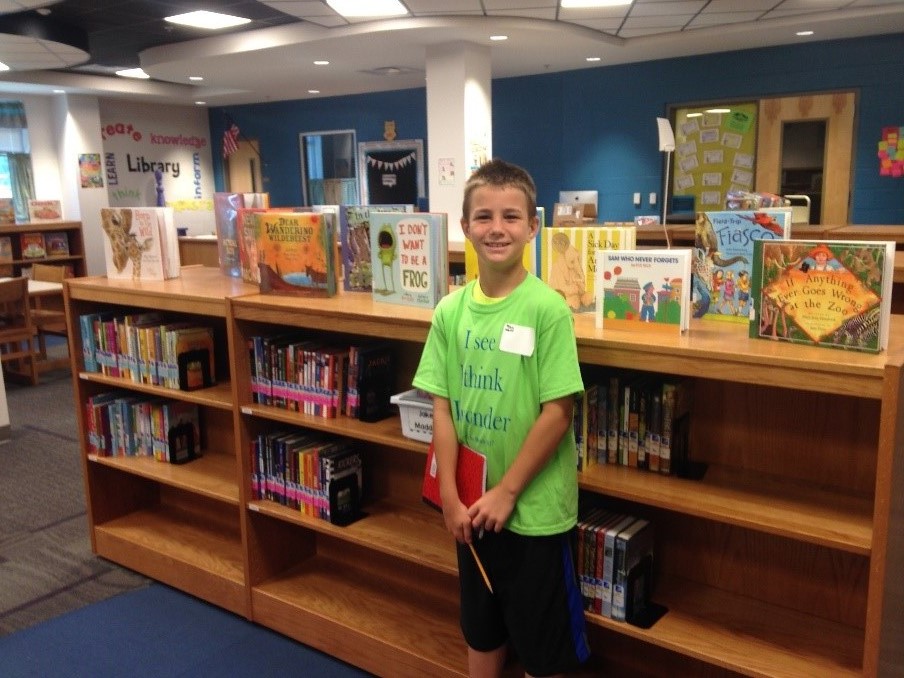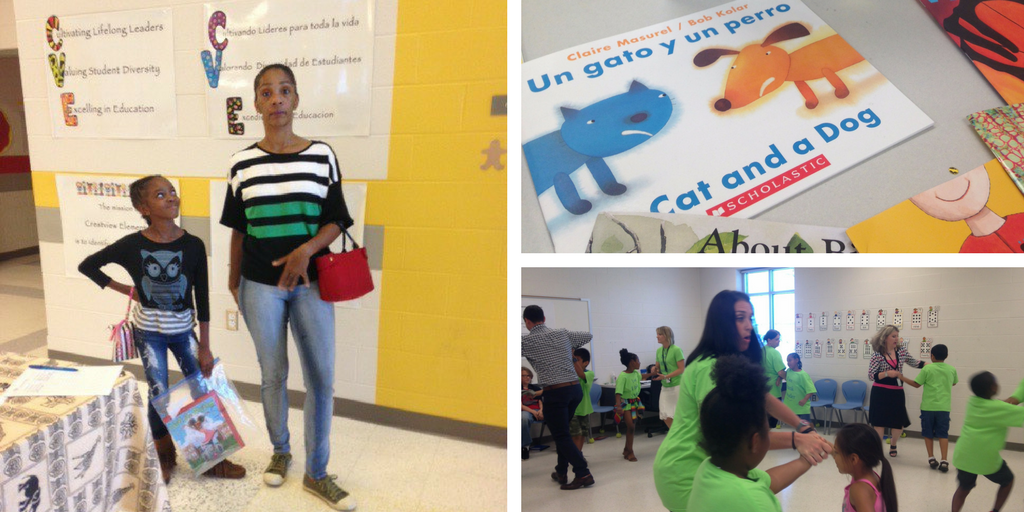 “Can I read with you, Rosie?” I ask a young girl hiding her face behind the book shyly.
“Can I read with you, Rosie?” I ask a young girl hiding her face behind the book shyly.
She lets me sit on the mat next to her, the section of the classroom that’s been designated for partner reading. Before we begin A Big Guy Took My Ball! by Mo Willems, she shows me the inside book lining’s illustration of a pigeon.
“It’s funny because it’s a circle,” she says, giggling. “It doesn’t look like a real bird.”
I laugh. She’s right, it doesn’t really look like a real bird.
I’m at one of the 200 programs that are grant recipients of Read to be Ready, a program to address Tennessee’s stalled scores in reading and to increase the percentage of Tennessee third-graders reading proficiently to 75%. In 2016, programs saw an increase in fluency, reading confidence, decoding ability, and phonemic awareness, and based on these results, the program expanded with a $30 million investment from the Department of Health and Human Services.
Summer reading camps have grown and new summer reading programs have emerged across the state due to this significant increase in funding. In fact, the program I am visiting grew substantially over the last year, almost tripling in size. Educators Jennifer Cox and Megan Jamison lead that program in Robertson County Schools at Crestview Elementary, and this year they are focused both on reading skills and experiential learning.
“Being able to mix the hands-on learning with writing and reading is purposeful,” explains Program Director Jennifer Cox.
So far, the campers have taken trips to the Nashville Zoo; been visited by musicians, authors, and real, live chickens; and played a variety of instruments ranging from flutes to violins. While this might sound like just fun and games, these activities are broadening student experience and prior knowledge, allowing them to make connections as they read and grow their comprehension.
“I love that exploration is the foundation,” says one of the summer reading instructors, “When kids have a meaningful experience, reading and writing can flow from that.”
Despite the variety of experiences this camp incorporates, the day starts with reading. My tour guide for the day, Read to be Ready camper Ryland, walks me through the daily schedule.
First, there’s interactive read aloud which is followed by daily writing. The writing is student-led and many students relish the time to write creatively. One of the students is working on a Fireboy series; another is experimenting with a graphic novel.
After writing, students separate and rotate through several different activities, ranging from a visit to the school library to the movement room. The movement room, which incorporates movement and reading, happens to Ryland’s favorite.
During the camp day, campers also receive a free book. Over the course of the entire camp, each camper will have 30 new books, the makings of a small library. This investment is to ensure that reading doesn’t stop after the camp day is over. Program Directors work with parents to get them involved in reading with their students and involved with their child’s summer learning in general, with community events like Bubble Day, a morning where all family members are invited for breakfast at the campsite. This year’s Bubble Day was a huge success, and camp leaders hope to continue to use the extra time in the summers to grow their parental engagement.
And in a sense, that’s the magic of the Read to be Ready camps – they allow educators and students to spend the summer going deeper, instead of regressing. They give educators the ability to reach out to parents, to spend more time in small groups reading with students who need it most, and to go on adventures with their students and broaden their overall knowledge and experience of the world. The Read to be Ready camps transform the summer slide in reading into the summer spark.

